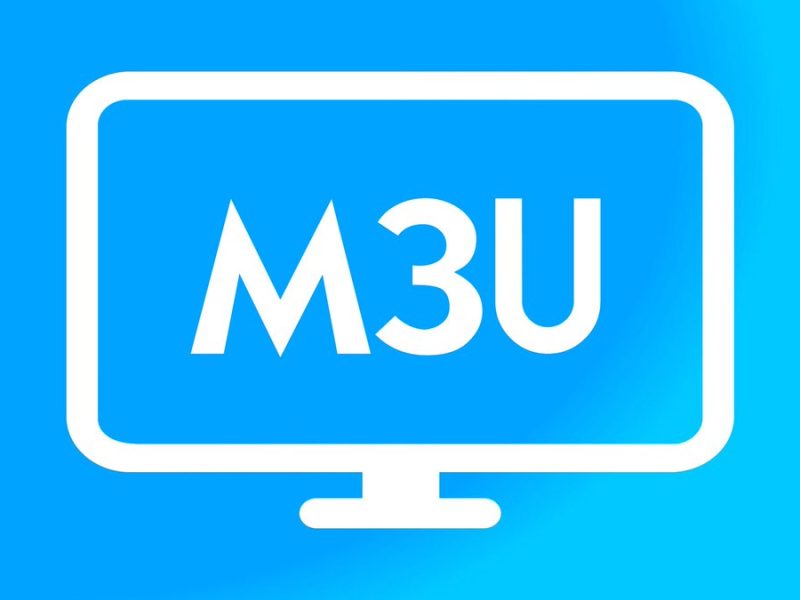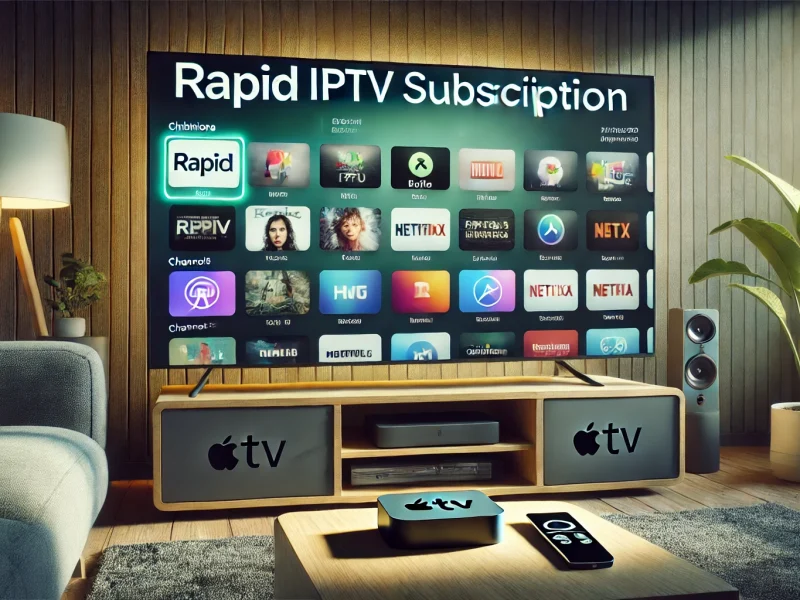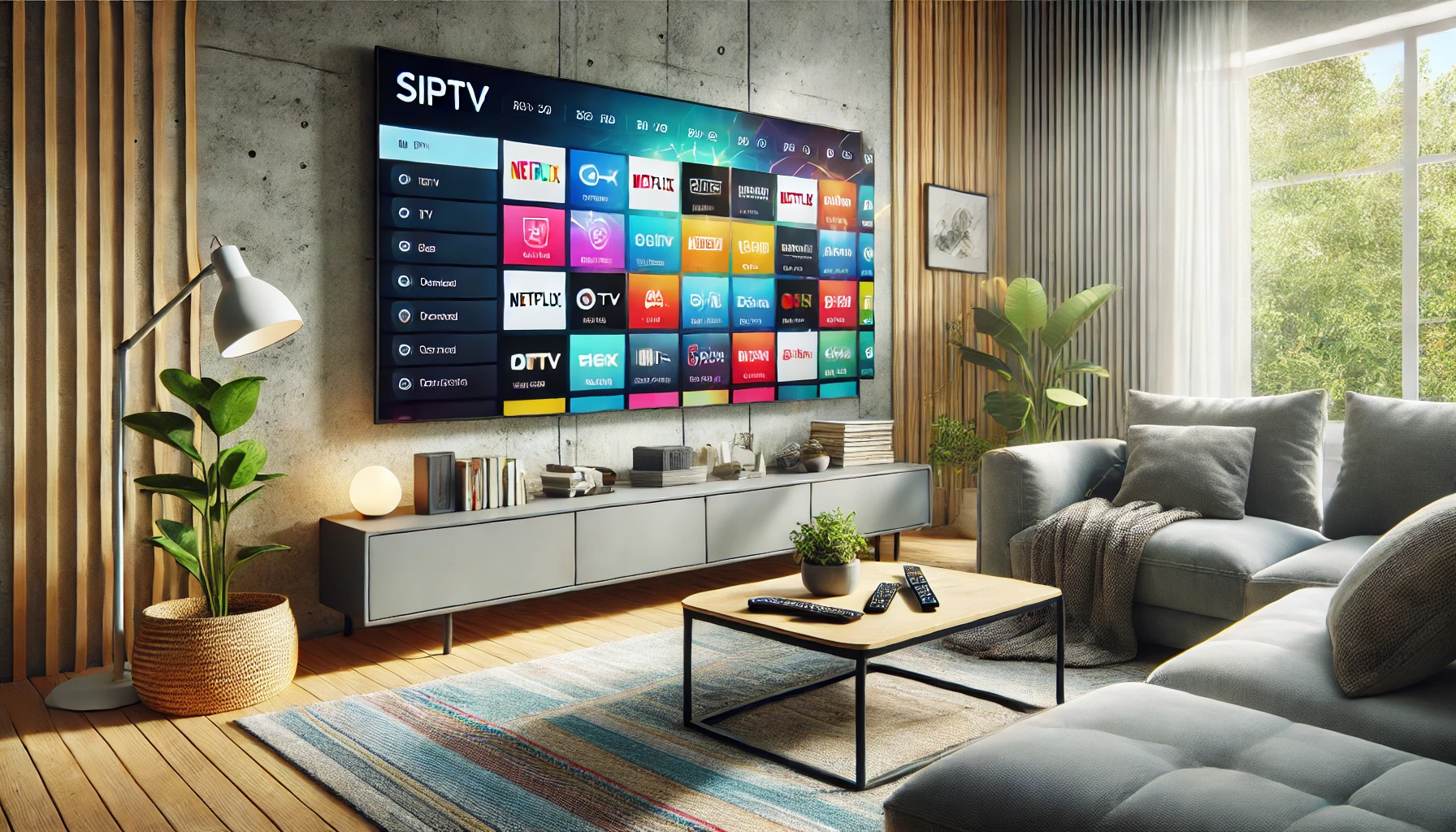As more people switch from traditional cable TV to IPTV for its convenience, flexibility, and vast selection of content, some users may occasionally encounter technical issues such as buffering, lag, or poor streaming quality. These issues can be frustrating, but the good news is that they’re usually easy to fix with a few simple troubleshooting steps.
In this comprehensive guide, we’ll walk you through how to troubleshoot the most common IPTV issues like buffering, lag, and freezing, and explain why Rapid IPTV Subscription is your best choice for a smooth, high-quality streaming experience.
What Causes Buffering, Lag, and Other Issues in IPTV?
Before diving into troubleshooting tips, it’s important to understand what can cause common IPTV issues. IPTV relies on your internet connection to stream content, and a variety of factors can affect the quality of the stream. Here are some of the most common causes of IPTV issues:
1. Slow Internet Connection: A weak or slow internet connection can result in buffering or poor-quality streams.
2. ISP Throttling: Some Internet Service Providers (ISPs) may limit bandwidth for IPTV services, causing slower streaming speeds.
3. Overloaded Servers: If the IPTV service’s servers are overloaded with too many users, it may affect stream quality.
4. Device Performance: Older or underpowered devices may struggle to handle high-definition streams, leading to lag or freezing.
5. Wi-Fi Interference: A poor Wi-Fi signal or interference from other devices can disrupt your streaming experience.
Now that we know what can cause these issues, let’s go through the steps you can take to troubleshoot and fix them.
1. Check Your Internet Speed
One of the most common causes of buffering or lag in IPTV is a slow or unstable internet connection. IPTV requires a stable internet connection to deliver smooth streams, especially for high-definition (HD) or 4K content.
Solution:
Start by checking your internet speed using an online speed test tool like Speedtest.net or Fast.com . For smooth HD streaming, you’ll need a minimum download speed of 10 Mbps. For 4K streaming, at least 25 Mbps is recommended.
If your internet speed is below these levels, try the following:
– Reset your modem or router: Power cycle your modem and router by unplugging them for 30 seconds and plugging them back in.
– Switch to a wired connection: If possible, connect your streaming device directly to the router via an Ethernet cable. Wired connections are faster and more stable than Wi-Fi.
– Limit other devices: Disconnect other devices that may be using the internet (such as smartphones, laptops, or game consoles) to free up bandwidth.
If your internet speed is consistently low, consider upgrading to a higher-speed plan from your ISP.
2. Use a VPN to Bypass ISP Throttling
In some cases, your ISP may be throttling your internet speed specifically for IPTV streaming services. ISP throttling is when your provider intentionally slows down your internet connection for certain types of traffic, such as streaming video.
Solution:
To avoid throttling, you can use a Virtual Private Network (VPN). A VPN hides your online activity from your ISP, preventing them from detecting and throttling your IPTV traffic. By encrypting your connection, a VPN can improve streaming speeds and provide more consistent video quality.
Rapid IPTV recommends using a VPN, especially if you notice slower streaming speeds during peak hours. Make sure to choose a VPN that supports fast speeds and has servers near your location for the best performance.
3. Adjust IPTV Streaming Quality
Sometimes, buffering and lag are caused by attempting to stream content in a higher quality than your internet connection can handle. If you have a slower internet connection, it’s best to lower the video quality to avoid constant buffering.
Solution:
Most IPTV apps, including those supported by Rapid IPTV, allow you to adjust the streaming quality within the settings. Here’s how to do it:
– Open your IPTV app.
– Go to Settings or Playback Settings.
– Look for an option to change the video quality (e.g., Auto, 720p, 1080p, 4K).
– Select a lower quality option, such as 720p, if you’re experiencing buffering.
By lowering the quality, you’ll reduce the amount of data being streamed, which can help eliminate buffering on slower connections.
4. Clear Cache and Data on Your IPTV App
IPTV apps store temporary files (cache) to improve performance, but over time, this data can accumulate and cause issues like freezing or lagging. Clearing the app’s cache and data can help resolve these problems and improve performance.
Solution:
Follow these steps to clear cache and data on your IPTV app:
– Go to your device’s Settings.
– Navigate to Apps or App Manager.
– Find your IPTV app (e.g., XCIPTV, IPTV Smarters , SET IPTV , NET IPTV).
– Select the app, then choose Clear Cache and Clear Data.
This will remove any temporary files and reset the app’s settings, which can help fix performance issues. Note that clearing data may log you out of the app, so make sure you have your login details ready.
5. Update Your IPTV App and Firmware
Outdated IPTV apps or device firmware can cause compatibility issues, leading to streaming problems. Developers often release updates to fix bugs, improve performance, and add new features, so it’s essential to keep your app and device software up to date.
Solution:
– Update your IPTV app: Go to your app store (Google Play Store or Apple App Store) and check if there’s a new version of your IPTV app available. Download and install any available updates.
– Update device firmware: Check your device’s system settings for firmware updates. Keeping your device’s software up to date can improve its performance and compatibility with IPTV services.
Regularly updating both the app and device firmware ensures you have the latest bug fixes and performance improvements, reducing the chances of streaming issues.
6. Switch to a Different IPTV Server
Sometimes, buffering or lag issues can be caused by the server from which you’re streaming. IPTV services, including Rapid IPTV, often have multiple servers available, and switching to a different server can improve your streaming performance.
Solution:
If your IPTV app allows you to choose from different servers, try switching to another server in your region. Many IPTV apps offer server-switching options in the settings menu. Experiment with different servers to find the one that provides the most stable connection.
7. Optimize Your Wi-Fi Signal
If you’re using Wi-Fi to stream IPTV, a weak or unstable Wi-Fi signal can cause buffering, lag, or freezing. Optimizing your Wi-Fi signal can improve your streaming experience.
Solution:
Here’s how to improve your Wi-Fi signal:
– Move closer to your router: The closer you are to your Wi-Fi router, the stronger the signal will be.
– Reduce interference: Devices like microwaves, cordless phones, and other electronics can interfere with your Wi-Fi signal. Keep your router away from such devices.
– Use a Wi-Fi extender: If your router is far from your streaming device, consider using a Wi-Fi extender to boost the signal throughout your home.
For the best performance, use a wired Ethernet connection instead of Wi-Fi, as it provides a more stable and faster connection.
Why Choose Rapid IPTV Subscription for a Smoother Experience?
At Rapid IPTV, we understand that streaming issues can disrupt your entertainment experience. That’s why we offer a high-quality IPTV service with robust server infrastructure, minimal buffering, and top-notch support.
Here’s why Rapid IPTV stands out:
– 15,000+ live channels from around the world, ensuring there’s always something to watch.
– HD and 4K streaming options for a premium viewing experience.
– Reliable servers that deliver smooth, lag-free streaming.
– Excellent customer support to help you resolve any issues quickly.
Conclusion: Say Goodbye to IPTV Streaming Issues with Rapid IPTV
Buffering, lag, and other streaming issues are common but easily fixable with the right troubleshooting steps. By checking your internet speed, using a VPN, adjusting streaming quality, and keeping your app and device updated, you can significantly improve your IPTV experience.
With Rapid IPTV Subscription, you get access to a reliable, high-performance IPTV service that prioritizes quality and user satisfaction. Don’t let technical issues get in the way of your entertainment—subscribe to Rapid IPTV today and enjoy a seamless streaming experience!




